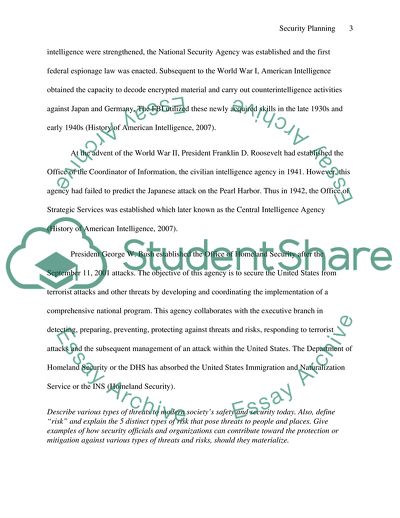Cite this document
(Security Planning and the History of Security Services Assignment, n.d.)
Security Planning and the History of Security Services Assignment. Retrieved from https://studentshare.org/history/1710061-security-planning-assessment
Security Planning and the History of Security Services Assignment. Retrieved from https://studentshare.org/history/1710061-security-planning-assessment
(Security Planning and the History of Security Services Assignment)
Security Planning and the History of Security Services Assignment. https://studentshare.org/history/1710061-security-planning-assessment.
Security Planning and the History of Security Services Assignment. https://studentshare.org/history/1710061-security-planning-assessment.
“Security Planning and the History of Security Services Assignment”, n.d. https://studentshare.org/history/1710061-security-planning-assessment.


